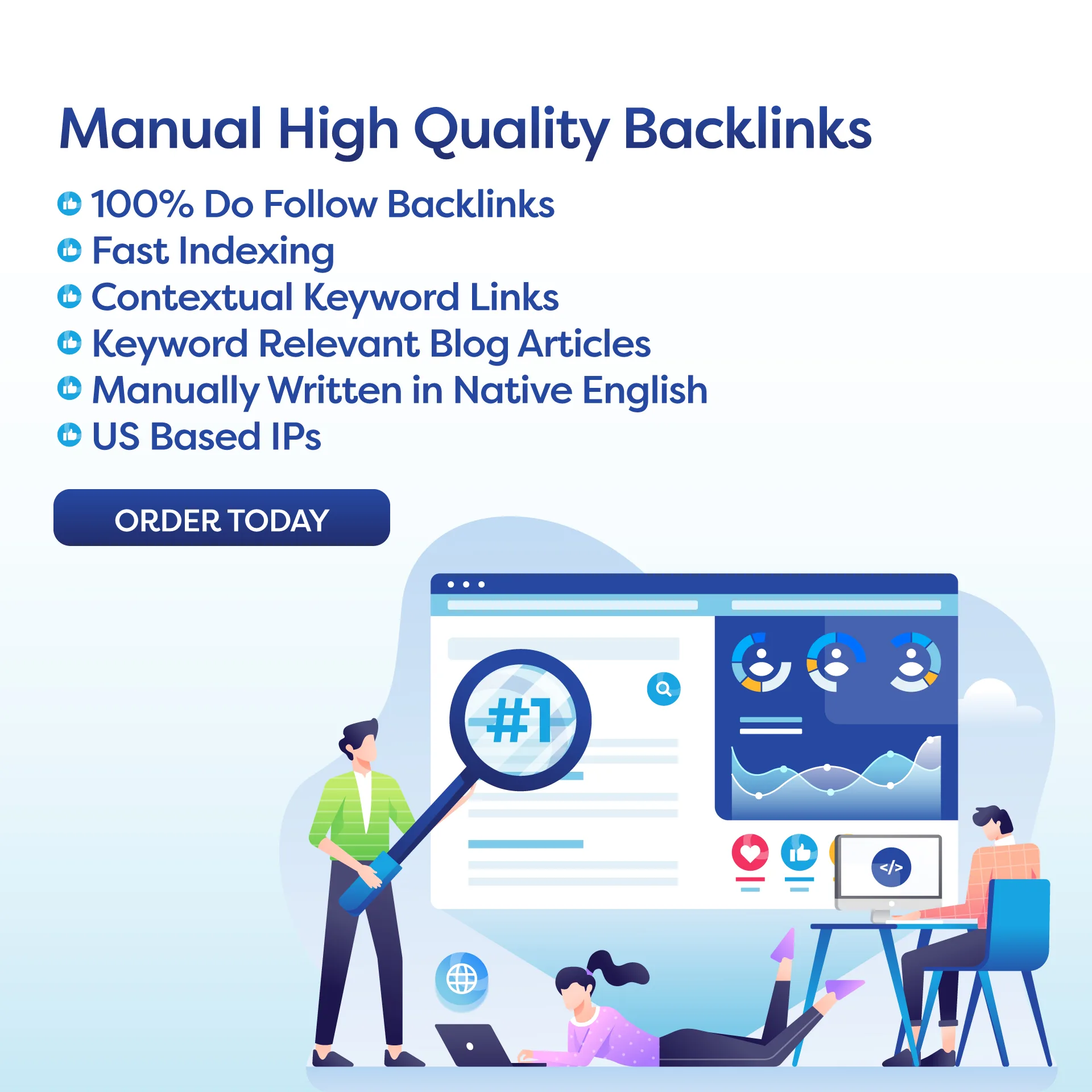In today’s fast-paced business world, the acquisition and retention of top talent is a critical factor in determining the success of an organization. Human Resources (HR) directors play a critical role in shaping a company’s workforce, and one of their essential responsibilities is talent acquisition.
Effective talent acquisition strategies can help organizations attract and retain the best employees to achieve their business goals. In this article, we will delve into innovative talent acquisition strategies that organizations can implement to ensure they have a strong and talented workforce. We will also explore the integration of technology in the recruitment process, including the use of artificial intelligence and machine learning, to improve the efficiency and effectiveness of talent acquisition.
Additionally, we will provide essential tips for building a robust employer brand, including the importance of creating a positive workplace culture, offering competitive compensation and benefits packages, and providing opportunities for career growth and development. By implementing these talent acquisition strategies, organizations can create a workplace that attracts top talent and ensures long-term success.
I. Innovative Talent Acquisition Strategies:
1. In today’s competitive job market, it’s crucial for organizations to leverage data analytics to optimize their recruitment processes. By analyzing data related to job market trends, candidate behavior, and previous recruitment efforts, HR directors can make informed decisions to ensure a more efficient talent acquisition strategy. This includes identifying the most effective recruitment channels, understanding the candidate’s job search behavior, and predicting the likelihood of a candidate accepting a job offer. By using data to drive recruitment efforts, companies can save time, money, and resources.
2. Collaborative hiring involves bringing together team members from different departments within the organization to create a holistic approach to hiring. This approach fosters collaboration and communication between departments, which leads to better-informed hiring decisions. When individuals from diverse backgrounds are involved in the recruitment process, it ensures that the company’s values and culture are represented in the hiring process. This, in turn, leads to a more inclusive work environment where individuals from all backgrounds can thrive.
3. Gamification in recruitment is a new trend that is gaining popularity in the hiring process. Gamification elements are introduced in the recruitment process to engage candidates and assess their skills in a more interactive manner. Gamified assessments and challenges not only make the process enjoyable but also provide valuable insights into a candidate’s problem-solving and decision-making abilities. These assessments can be designed to reflect the company’s culture and values, and candidates can be evaluated based on their performance in these challenges. This approach helps recruiters to identify the most talented and motivated candidates who are a good fit for the company culture and position requirements.
II. The Role of Technology in Talent Acquisition:
1. Implementing Artificial Intelligence (AI) in Screening:
Incorporating AI-driven tools for resume screening can significantly speed up the recruitment process while ensuring that you identify only qualified candidates. AI algorithms can analyze resumes, match skills to job requirements, and even predict a candidate’s potential success within the organization, making it easier for HR directors to identify the best talent for their organization.
2. Embracing Video Interviewing Platforms:
Video interviewing platforms are an excellent tool for streamlining the interview process, particularly when hiring remote or international candidates. Video interviews enable HR directors to have a more personalized interaction with candidates, saving time and resources while allowing directors to assess candidates more effectively. These platforms make it possible for candidates to showcase their skills and personality, allowing HR directors to make more informed hiring decisions.
3. Utilizing Applicant Tracking Systems (ATS):
Applicant Tracking Systems (ATS) are essential for managing and streamlining the entire recruitment process. These systems automate tasks such as resume parsing, candidate tracking, and interview scheduling, freeing up HR directors to focus on more strategic aspects of talent acquisition. ATS makes it possible to track applicant progress throughout the recruitment process, making it easier for HR directors to stay organized and make informed decisions.
III. Tips for Building a Strong Employer Brand:
Attracting the right candidates is crucial for any organization’s success, and there are several strategies that can be employed to do so effectively. One of the most important tactics is clear communication. By effectively communicating the company’s values, mission, and culture, potential hires can gain a deeper understanding of what the organization stands for. This not only helps attract candidates who align with the company’s values, but also ensures that new hires understand what they’re signing up for. Transparent communication about the organization’s goals and objectives can help foster a sense of trust and respect between candidates and the company.
Another effective strategy is to provide employee testimonials. Authenticity is key when it comes to attracting top talent, and providing potential candidates with real-life experiences of current employees is a great way to give them a sense of the company’s work environment. Employee testimonials create authenticity and credibility in the eyes of job seekers, as they can relate to the experiences of current employees. By showcasing diverse perspectives and experiences, companies can attract a wider range of candidates who feel seen and valued.
Additionally, investing in professional development is a surefire way to attract candidates who value continuous learning and growth. Companies can highlight their training programs, mentorship opportunities, and career advancement initiatives to showcase their dedication to helping employees reach their full potential. Offering opportunities for professional development not only helps retain employees but also fosters a culture of learning and growth within the organization. When potential hires see that they can grow and develop within the company, they’re more likely to take the leap and join the team.
As the business landscape evolves, HR directors must adapt their talent acquisition strategies to remain competitive. By embracing innovation, leveraging technology, and building a strong employer brand, organizations can attract and retain top-tier talent, ultimately contributing to long-term success and growth.



